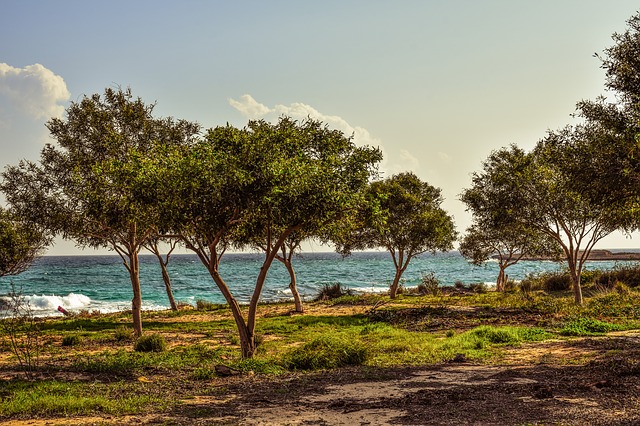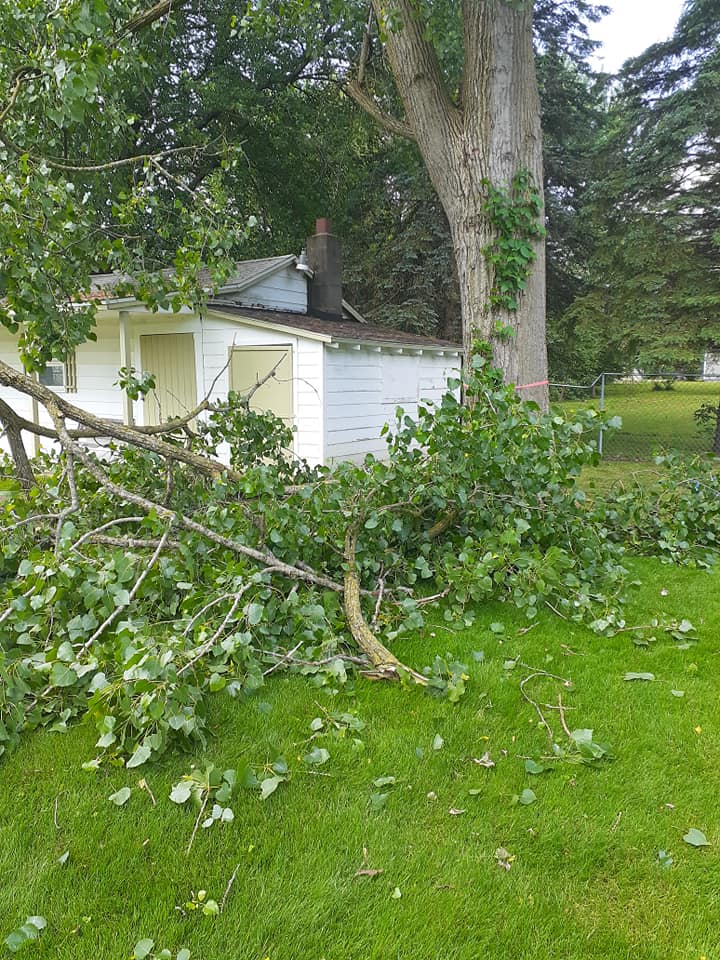This snippet has been taken from “San Rafael Public Library Paint Contractors Business Manual” by “Kevin McGeer”. Spanish California was divided into two parts, Baja California and Alta California, as provinces of New Spain (Mexico) which is well described at “Emergency Tree Removal Service“
To most of the residents of the other forty-nine states, California consists of the coastal ration form San Diego up through Los Angeles, San Francisco, and the Napa valley. Most of the state goes unrecognized; what is interesting is the part where most of the people live-the big cities, the beaches, the freeways, and all the associated facilities that support more than twenty million Californians. This is also the original Spanish California. It was here that the missions, the pueblos, the presidios, and the ranchos of Spanish and Mexican settlers were located, the only part of California these settlers really knew. Not incidentally, it is the land favored by the typical California climate.
It is ironic in a way that most inhabitants of California, as well as most visitors to the state, had no real conception of coastal central and southern California. People are concentrated in the metropolitan areas. And freeways carry them form one urban area to another along fixed routes. They see what is visible from the road; the rest remains unknown. On a rare day in Los Angeles you can look from the city up into wilderness in the Sierra Madre. On a most unusual day, when the smog is away, one of the few surviving condors can climb up from its nests in the Los Padres National Forest and see out over the great conurbation of Los Angeles and its associated cities. City and Wilderness are not far apart in southern California, thanks to the foresight of those who ringed the coastal plain with areas designated as national forest to be protected-forever. We hope-against urban expansion/

Farther north the wild is more extensive than the tamed. The people who struggle with traffic in U.S. Highway IOI rarely have tome to notice the wild Santa Lucia Mountains off to the west, where elk and Mountains lion still roam, and probably pay even less attention to the Cholame and Gabilan mountains to the east, which if not wilderness are still basically wild range country. Even the San Francisco Bay Cities are still ringed with country that is more natural than man-modified in the Diablo range, Santa Cruz Mountains, and Marin hills. The coast itself, where gray whales swim off shore, and the sea lions and elephant seals pull up on rocks or beaches, still has long stretches where the only surfers wear feathers or fur and brush rabbits outnumber beach bunnies.
Starker Leopold had a longstanding interest in the wildlife of California as it existed when the state was first reached by European settlers and in the role wildlife played in the settlement of California. The Spanish explorers were not helpful in this respect, having been more interested in saving the souls of the Indians than in describing the natural scene. However, some wildlife truly impressed them. Foremost among such animals was the grizzly bear.

“Now one thing that if found surprising in reading the early history of the state, “Leopold explained in a 1978 lecture, “was how important the grizzly bear was as a source of food. The meat was highly favored by everyone that used it. In later years when commercialization of game began, grizzly bear jerky brought about twice the price of jerky made from elk or deer or any of the other species…. The range of the grizzly was very similar to that of the black-tailed deer in the elk high density zone was the coast and the central valley, not the Sierra and not at all in the desert. The grizzly bear, like the black-tailed deer, was an animal of the chaparral and oak woodland and hence was highly available to those parties that traveled up or down the coast. The deer, the elk, and the grizzly were probably the three main sources of food.
“The Spanish had a dreadful time with that grizzly when they had to deal with it with a rifle. They weren’t very good with rifles, but they were with the reata (lariat). One of the sports after the missions were established and the Spanish were well ensconced was to go out hunting grizzly bears with ropes… They would catch them and bring them in for their bear and bull fights.